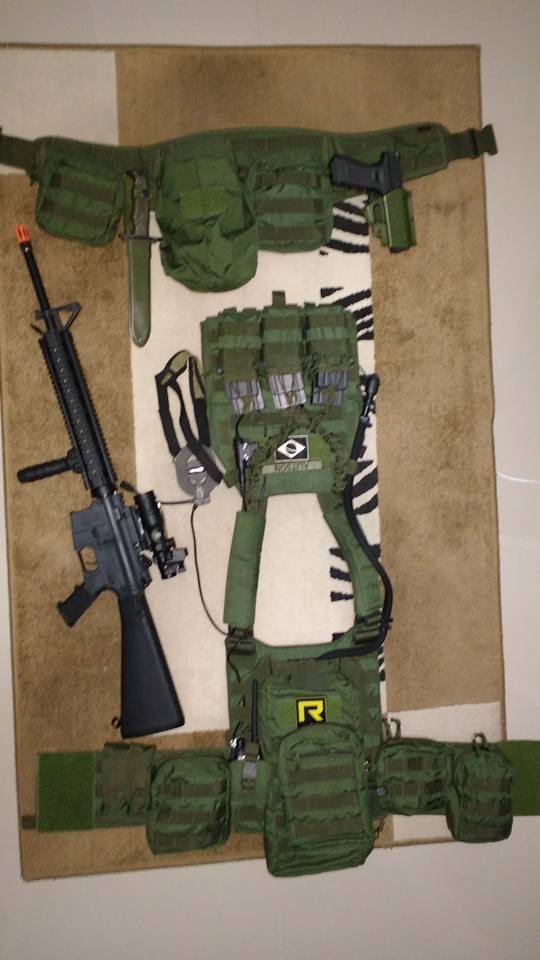A mundanca eh o F-15E no lugar do Su-35.
A Defense Technology Blog
http://www.aviationweek.com/aw/blogs/de ... 8ccb3763de
Japan Changes Acquisition Rules
Posted by Sean Meade at 7/21/2008 10:12 AM CDT
Dave Fulghum writes:
Requirements for Japan's much anticipated F-X fighter will have to be finalized soon, and preparations for the new program are to include a new acquisition system.
Over the years, various governments have been tainted with claims of gifts and influence peddling by trading companies that have acted as the acquisition corps for the Japanese Self Defense Force. The results of these directed buys have included high prices and some advanced equipment that reputedly doesn’t work well.
But for the first time since World War II, Japan has a Defense Ministry. And its officials want to end any opportunity for corruption by adopting a more open and competitive acquisition process.
The changes are due to be in place and function in time for the F-X fighter contract, which could come anytime within the next two years. A Japanese team visited Lockheed Martin’s F-35 Joint Strike Fighter facility in Ft. Worth earlier this year. This month, the Japan Air Self-Defense Force’s director of defense planning, Lt. Gen. Hidetoshi Hirata, flew Eurofighter’s Typhoon.
British officials describe their offering as a blend of superior maneuvering and forward stealth, while the F-35’s advantage is represented as very low observability combined with a battery of sensors for extraordinary situational awareness. Unofficially, the JASDF has given up its quest for the F-22 Raptor, citing uncertainty about getting export approval and the likelihood of a truncated technology package. The primary competitors for F-X are all designed for export. Hirata told Aviation Week & Space Technology that the JASDF wants stealth and speed, but some degree of stealth could be sacrificed for low cost and an advanced sensor package. (AW&ST, June 16, p. 53) Japan also is looking at Saab’s Gripen, Dassault’s Rafale, Boeing’s F/A-18F and F-15E.
The Japan Self-Defense Force’s F-2 – sometimes described as a slightly larger F-16 at three times the cost – is an example of how the Japanese government operated in the past. Japan’s development of an active, electronically-scanned array radar also has been analyzed by U.S. officials as a poor radar in its current form.
To ensure political support, any purchase had to have a high ratio of indigenous industrial content. That also would help appease the politically powerful trade unions. But the scale of production was so small – since Japan can not sell military equipment abroad – that costs for high tech equipment was often stunning. Another contributing factor was the government’s reliance on trading companies to act as the military’s acquisition agency. These discretionary contracts essentially eliminated any real competition.
Since defense purchases have been made through special orders without direct competition, there has been virtually no financial incentive to lower cost since the political benefits of contracts increased with their cost.
With the current government’s defense team already savaged once by claims of gifts and other kinds of influence peddling by the trading companies, the Defense Ministry has adopted a plan to cut the growth in procurement costs which includes radically revamping the way it orders its materiel to allow for competition.
The initial task is for the Defense Ministry to develop a list of baseline costs for all of its hardware and supplies to include weaponry, aircraft, ships, computers and software, say U.S. officials. Suppliers will then be invited to bid for contracts by submitting plans for cost cutting. Any savings will be shared by the contractor and the Defense Ministry.
To waylay any tendency to manipulate prices while computing the catalogue of basic prices, the year-old Defense Ministry is establishing a strict set of rules and self-policing procedures to eliminate the opportunity for corruption and influence peddling. The rulebook is expected to be published this fall.










